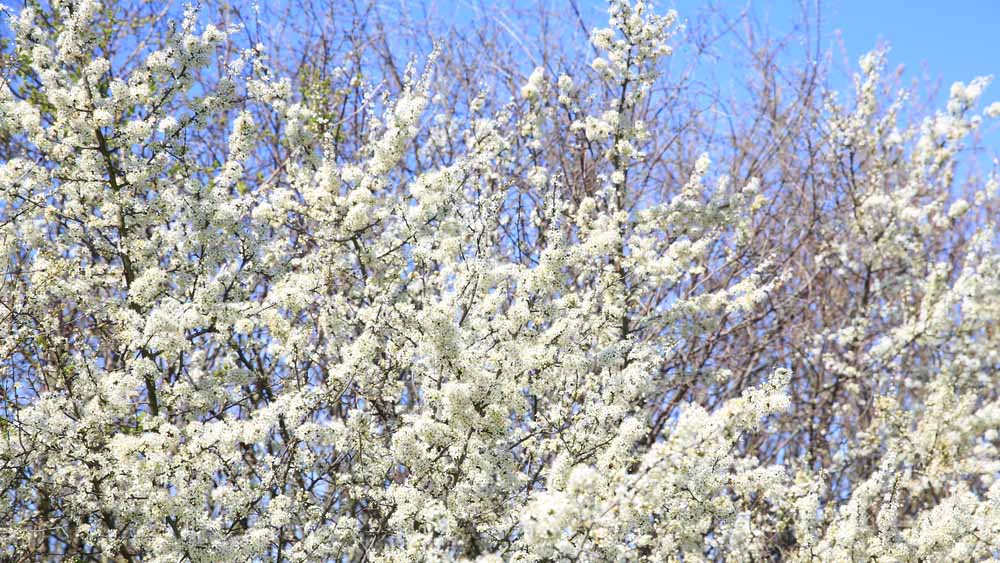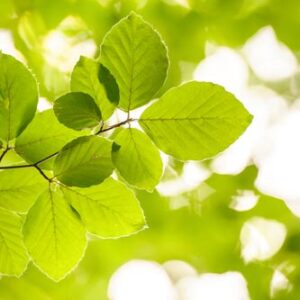Description
The Blackthorn tree (Prunus spinosa), also known as sloe, is a hardy, deciduous native tree celebrated for its seasonal charm and versatility. Reaching up to 6 meters in height, this tree thrives in a variety of soils, including poor and clay-heavy types, and is particularly suited to open landscapes where it can naturally spread and enhance biodiversity.
In early spring, the Blackthorn bursts into life with masses of delicate white flowers, often appearing before the leaves, creating a striking contrast against its dark, thorny branches. This early flowering provides vital nectar for pollinators, making it an excellent addition to wildlife-friendly gardens. As autumn arrives, the tree produces an abundance of dark blue-black berries, known as sloes, which attract birds and other wildlife, and are also popularly harvested for making traditional sloe gin.
The Blackthorn’s dense, thorny structure offers natural protection and shelter for small animals, making it invaluable for hedgerows, rural planting, and rewilding projects. With its unique seasonal appeal, durability, and ecological benefits, the Blackthorn tree is a valuable addition to woodlands, nature reserves, and large landscapes where it contributes to both beauty and habitat richness.




